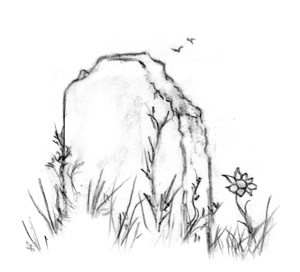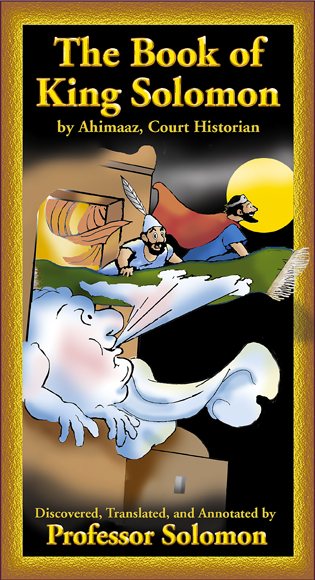
![]()
![]()
The Jewish Afterlife
The Jewish conception of an afterlife has evolved over the millennia. Originally, the dead were thought to descend into Sheol,
a dark and gloomy underworld. There they continued on as refaim, or shades: listless beings who were barely conscious. Sheol was a repository of souls—a Realm of the Dead that was bleak and monotonous. The Book of Job compares a soul entering Sheol to a cloud fading away.
But as the Jews fell under foreign rule, they came into contact with new ideas—and selectively adopted them. From the Persians came the concept of resurrection: a belief that the body would be reconstituted at the end of time, rising from the grave to its reward or punishment. And from the Greeks came the idea of an immortal soul: a spiritual essence that was independent of the body. Jewish thinkers combined these ideas and added a monotheistic perspective. On a Day of Judgment, it was now believed, God would raise the dead; reunite them with their souls; and judge them. As the prophet Daniel declared: “And many of them that sleep in the dust of the earth shall awake, some to everlasting life, and some to shame and everlasting contempt.”
In this new scheme of things, the dead wound up in either Paradise or Gehenna. (Sheol—no longer needed—had been shut down.) Paradise was envisioned as a celestial Garden of Eden. Its residents ate from the Tree of Life and basked in the glory of God. Gehenna, on the other hand, was a fiery pit. Some rabbis deemed it a place of annihilation, where the souls of sinners were consumed by fire. Others, such as Rabbi Akiba, were more sanguine. They saw Gehenna as a place of punishment: miscreants would be purged of their sins by its fire, then admitted to Paradise.
For two thousand years this view of the afterlife remained central to Judaism. Maimonides, the medieval philosopher, listed it as one of his thirteen Articles of Faith. And to this day, Orthodox Jews believe in a World to Come—a glorious destination that awaits the righteous.
But other Jews—of a more rationalistic bent—have rejected the idea. “Our present difficulty,” writes Rabbi Eugene Borowitz in Reform Judaism Today, “is that the notion of such a substance as a soul is no longer intellectually tenable for most modern thinkers.” While paying lip service to a belief in immortality, many rabbis have felt obliged to redefine it. We survive death, they allow, but in some plausible fashion. We live on in our descendants. Or in our accomplishments—the ramifications of our deeds—our influence on others. (“Insofar as the good we do while we live bears fruit after we are gone,” writes Rabbi Mordecai Kaplan, the founder of Reconstructionist Judaism, “we have a share in the world to come.”) Or in the memory of those who knew us. Or as a part of Nature, to which we return. (“The energy and chemical elements from our bodies go into the soil,” writes Rabbi Roland Gittelsohn, “where they help make flowers grow.”)
Confronted with these new brands of immortality, a consumer might justifiably complain. The product would seem to have been denatured and rendered innocuous. That’s it? That’s our reward in the end—that we’ll be remembered? That our molecules will be recycled? That we’ll become part of a flower? To such a fate, even Sheol would seem preferable. True, the inhabitants of that underworld were listless zombies—mere shadows of their former selves—residents of the bleakest of rest homes. But at least they were still around!
(from The Book of King Solomon)

